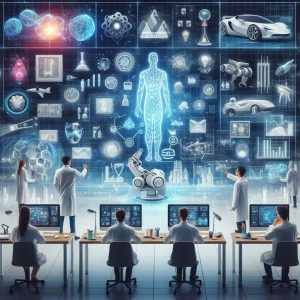In an era where artificial intelligence (AI) is becoming increasingly sophisticated, discerning between content crafted by humans and AI can be challenging. As technology advances, so do the capabilities of AI-generated content. Here’s a guide on how to detect if a piece of content has been created by AI.
AI-generated content often exhibits a consistent and standardized writing style. Look for unnatural sentence structures, overly formal language, or an absence of personal touch. Human-created content tends to have more varied expression and nuance.
AI algorithms may inadvertently introduce repetition or overuse certain phrases. While humans can make similar mistakes, excessive repetition without purpose is a potential indicator of automated content generation.
Assess the overall coherence and flow of the content. AI-generated content may struggle to maintain a logical flow or seamlessly transition between ideas, resulting in disjointed passages that lack the natural progression found in human writing.
AI models are proficient at mimicking patterns and generating content based on existing data. However, true creativity and originality are often elusive for machines. If the content lacks unique insights, creative flair, or a distinctive voice, it may be AI-generated.
AI may struggle to grasp nuanced or context-dependent aspects of language. Detecting the subtle nuances, humor, or cultural references within the content can reveal whether it aligns with human understanding.
While AI can analyze sentiment and generate content with emotional tones, it may lack genuine emotional intelligence. Content that seems to evoke emotions but lacks depth or authenticity may have been created by an algorithm.
Assess the complexity of the content. AI models may excel at generating straightforward, information-based content but may falter when faced with complex or abstract topics that require deep understanding and critical thinking.
AI-generated content may rely on pre-existing data, and inaccuracies can arise if the data is outdated or flawed. Cross-reference factual information within the content to ensure accuracy and reliability.
Evaluate whether the content aligns with the intended purpose and target audience. AI may struggle to capture the intricacies of specific industries, cultures, or niches, leading to content that feels out of place or misaligned.
Ironically, technology can help in the detection process. Various online tools and platforms have emerged to identify AI-generated content. These tools leverage machine learning algorithms to analyze patterns and anomalies associated with automated content creation.
Inspect the metadata and authorship details associated with the content. While AI-generated content might lack clear authorship, human-created content typically comes with identifiable author information.
There is no bulletproof process to decide if the content been generated by AI or human – but many factors and tools can help you to spot non-human content.
